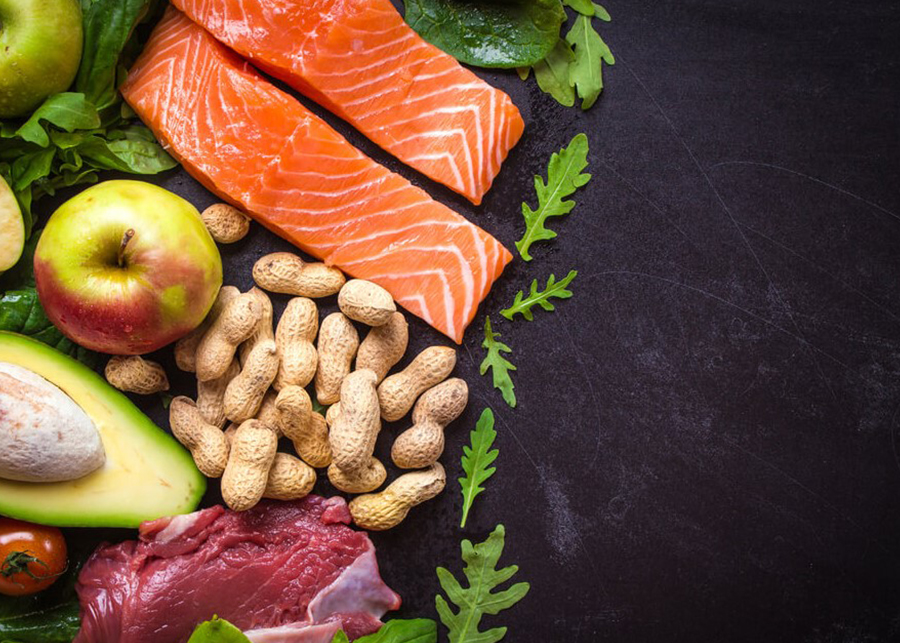Whether a Paleolithic diet will lose weight depends on the person, their exercise routine, and the strict adherence to the allowed foods. The Paleolithic diet also requires additional nutrients such as calcium, which you’ll get from fish and some types of dairy products. If you’re unsure of how to meet your daily needs, you can consult a registered dietitian or health coach.
If you’re looking to lose weight, there are countless diets that promise results. Maybe you’ve tried some of them and failed. Maybe you’ve felt confused by conflicting information you heard about the latest diet, or maybe you’re just frustrated because nothing seems to be working. You might be surprised to learn that the Paleolithic diet has been around for thousands of years. Its reliance on vegetables, fruits and proteins is one of many factors that make it a popular choice for weight loss. However, it’s not easy to follow. Before starting a Paleo diet, consult a registered dietitian or health coach to learn what food choices work best for your body type and personal goals.

Grass-fed meat
When it comes to meat, grass -fed is the way to go. Not only is it healthier for you and the environment, but it is also better for your wallet. You won’t have to spend as much on meat, and you can enjoy new cuts that may not be available in your local grocery store. For instance, butcher boxes offer 100% grass- fed beef, organic chicken, and heritage breed pork. Plus, prices are usually under $6 per serving, which is an incredible value.
Grass-fed meat is a great way to get the protein your body needs while still remaining on the paleo diet. In addition to its nutritional value, grass- fed meat supports animal welfare. This is because cattle are fed a natural diet, which means less grains and pesticides. In contrast, grain-fed cattle are often given corn, soy, and other grains that can lead to weight gain.
Limiting grains
Limiting grains and dairy is a major part of the modern Paleo diet. Limiting these foods is helpful for many people, including people with diabetes. While legumes are not strictly prohibited, many Paleo diet advocates suggest avoiding them. However, legumes were widely available during pre-agricultural times and in many places, they were the dominant plant food.
While this type of diet can help you lose weight, it is not appropriate for everyone. People in the Paleolithic period ate whatever the environment provided. They ate a wide variety of plant and animal foods. Despite this, they didn’t have the chronic diseases we experience today.
Restricting dairy
The original Paleo diet was an eating plan centered on whole, unprocessed foods. It excludes grains, legumes, and dairy. While it can be difficult to maintain a strict paleo diet forever, some people have been able to adapt the eating plan to suit their lifestyles. A paleo diet centered on red meat increases the risk of cardiovascular disease, as saturated fats in red meat elevate blood cholesterol levels.
Another reason to avoid processed food is that it contains high amounts of refined sugar and salt. These two substances raise your blood sugar and cause your body to release the fat storage hormone insulin. While legumes are considered low-glycemic, grains are not allowed on the Paleo diet.
Limiting sugar
While sugar is a key part of any diet, limiting it can help keep blood sugar levels in check. Many people have high cholesterol and need to control their sugar intake to avoid heart disease. However, there are some caveats to this diet. For instance, you should limit your sugar intake if you suffer from diabetes.
Studies have shown that the paleo diet is effective at improving insulin sensitivity and glycemic control. The paleo diet also has an impact on blood pressure. During four studies, participants had a mild reduction in systolic and diastolic blood pressure. Furthermore, the paleo diet was well tolerated. The participants ranged in age from nine to 29 years old.

Restricting legumes
The paleo diet is a diet that encourages eating whole, nutrient-dense foods that resemble our ancestral diet. These foods include nuts, seeds, and a wide variety of legumes. Restricting these foods from your diet may be helpful for some people, but it can be harmful for others.
The problem with restricting legumes is that they are high in phytic acid, a substance found in the seeds of plants that can block the absorption of important nutrients in the gut. The best way to eat legumes is in moderation within a nutrient-dense diet, but they should not be part of your main diet.
How Effective is a Paleolithic Diet? Result
In conclusion, the paleo diet is a sustainable and effective diet that can help you lose weight. However, it’s important to note that on its own it may not be enough to produce significant results, you can find more information by checking out top diets for weight loss .









